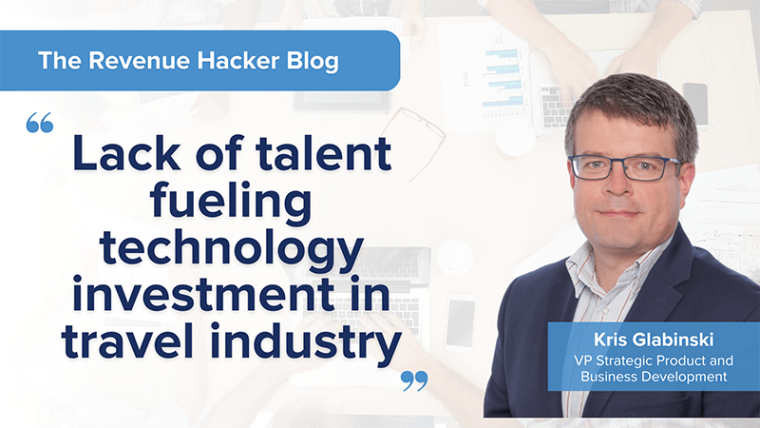Overview
Inflation has reshaped the airline industry, creating a complex relationship between rising operational costs, shifting consumer behavior, and the industry’s ability to maintain pricing power. For airline revenue managers, navigating this volatility requires a deep understanding of economic trends and consumer sentiment. This article explores how inflation impacts operational expenses, alters traveler decisions, and challenges airline fare strategies in 2024–2025.
How Does Inflation Impact Airline Operational Costs?
Fuel price volatility:
Jet fuel remains a major cost component (15–30% of operating costs). In early 2024, prices rose by 12% before stabilizing. Airlines absorbed around 40% of these increases, choosing not to fully pass costs to consumers (IATA).
Labor cost increases:
- Pilot/flight attendant wages rose 8–15% in 2024.
- Ground staff pay increased by 6.2% year-over-year.
- Benefits expanded 7.5% to retain talent amid staffing shortages.
Maintenance and parts inflation:
- Aircraft parts rose 9.3% due to supply chain issues.
- Maintenance services increased 7.8% year-over-year.
- Delays in new aircraft deliveries forced airlines to maintain aging fleets longer, increasing upkeep costs.
What Drives Consumer Behavior Changes During Inflationary Periods?
Price sensitivity metrics:
- 68% of leisure travelers reported higher price sensitivity in 2025.
- 42% of business travelers faced stricter corporate travel policies.
- Fare comparison searches jumped 34% in Q1 2025.
Booking pattern shifts:
- Average domestic booking windows extended from 45 to 58 days.
- 73% of travelers compared more options before purchase.
- Mobile app usage rose 28% as travelers sought last-minute deals.
Spending prioritization:
- 64% shortened trips instead of canceling.
- 57% selected cheaper destinations.
- 49% downgraded from premium to economy class.
Ancillary purchase behavior:
- Checked baggage purchases fell 12% in Q1 2025.
- Seat selection add-ons declined 18%.
- Premium meals dropped 23% as discretionary spending declined.
When Do Airlines Maintain Pricing Power Despite Inflation?
Market concentration factors:
- Routes with limited competition maintained 15–22% fare stability.
- Hub-dominated airports experienced 18% less volatility.
- Airlines with 60%+ route share maintained stronger pricing power.
Loyalty program effectiveness:
- Frequent flyer members were 27% less price-sensitive.
- Co-branded cardholders were 34% more loyal during fare hikes.
- Elite status members showed 41% higher premium fare willingness.
Product differentiation impact:
- Premium product airlines saw 23% better yield management.
- Superior on-time performance added 8–12% fare premiums.
- Enhanced digital experiences boosted high-price conversions by 16%.
How Are Airlines Adapting Their Revenue Management Strategies?
Dynamic pricing evolution:
- AI-driven pricing tools adoption increased 45%.
- Competitive fare monitoring updates now occur 12x more frequently than in 2023.
- Personalized fare offers improved conversions by 28%.
Capacity discipline approaches:
- U.S. carriers cut domestic capacity by 3.5% in Q2 2025.
- Long-haul capacity increased 5.2% on high-yield routes.
- Regional routes optimized with 8.7% fewer frequencies but larger aircraft.
Ancillary revenue focus:
- Unbundled fares expanded to 78% of domestic routes.
- Premium economy offerings increased 34%.
- Subscription-based programs grew 67% year-over-year.
Distribution channel management:
- Direct booking incentives raised average ticket values by 12%.
- NDC implementation cut distribution costs by 8.3%.
- 65% of corporate contracts now include inflation adjustment clauses.
Global vs. US Trends: Inflation’s Impact on Airline Pricing (2023-2025)
Why Is Consumer Confidence Critical to Airline Pricing Strategies?
Booking curve implications:
- Extended booking windows by 32% in early 2025.
- Fare searches per booking rose 47%.
- Last-minute premium bookings dropped 28%.
Fare class distribution shifts:
- Premium cabin bookings fell 18% in high-inflation areas.
- Basic economy purchases rose 24%.
- Mid-tier fares compressed by 15%.
Promotional effectiveness:
- Fare sale conversions fell 12% despite bigger discounts.
- Value-based offers (free changes, miles) outperformed pure price cuts by 23%.
- Flash sales produced 34% less revenue in inflation-heavy markets.
Competitive response patterns:
- Fare matching accelerated by 65% in 2025.
- Price leadership changes occurred 3.2x more often than in 2023.
- Market share volatility grew 28% on crowded routes.
How Can Revenue Managers Navigate Inflation’s Impact?
Data-driven decision making:
- Track real-time sentiment across platforms.
- Build inflation-adjusted elasticity models.
- Use early warning systems to detect demand shifts.
Strategic capacity management:
- Match capacity to inflation-impacted demand.
- Update schedules more frequently.
- Plan for rapid redeployment.
Pricing structure innovation:
- Create inflation-resistant fare families.
- Expand subscription models.
- Offer targeted deals to inflation-sensitive travelers.
Communication strategies:
- Highlight value over price in ads.
- Emphasize benefits of premium products.
- Transparently explain airfare factors.
Conclusion
Despite broad economic inflation, U.S. airfares fell 7.9% year-over-year in April 2025, underscoring the complex nature of pricing power in this environment. Success in 2025 depends on nuanced, data-driven strategies. Airlines that segment markets effectively, communicate value clearly, and remain agile will best preserve revenue and competitiveness amid inflationary pressures.




